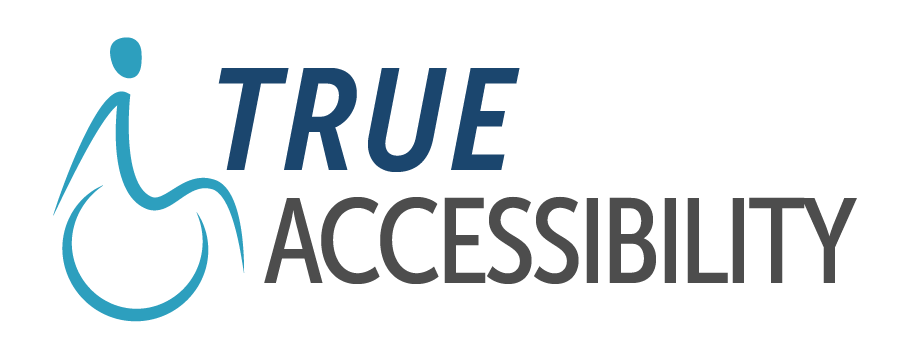ADA Compliance
The Americans with Disabilities Act (ADA) became law in July of 1990. The ADA is a comprehensive piece of civil rights legislation that prohibits discrimination against people with disabilities and guarantees that they have the same opportunities as everyone else to participate in the mainstream of American life—such as the ability to enjoy access to employment opportunities, purchase goods and services, and take part in state and local government programs and services. The ADA is an “equal opportunity” law for people with disabilities.
The ADA protects any individual who has a physical or mental impairment that “substantially limits” at least one major life activity. Protected individuals are those who have a history of such an impairment, as well as those who are perceived by other people as having such an impairment.
You will notice that the ADA contains some broad language—the reference to “major life activities” being one such example. As the years have passed and the internet has become a prominent force in most of our lives, the ADA also has needed updating to take our changing world—and how it impacts those with disabilities—into account. In 2008, the ADA was updated with The Americans with Disabilities Act Amendments Act (ADAAA).
These key amendments to the original ADA are where we find new language that makes the impact of the internet and the ability to access the web much clearer in regard to disability law. Learning, reading, thinking, and concentrating are all considered “major life activities,” among others listed in the law, along with a full range of psychological, emotional, and physiological conditions. The standards set forth by the ADA and the ADAAA apply to (but are not limited to) employment, public entities, public accommodations, telecommunications, and miscellaneous provisions.
Considering that most businesses will fall under one of these areas in one form or another, your brand is required (by law) to make reasonable accommodations for the inclusion of those with disabilities, as outlined by the ADA WCAG 2.1 AA. Just as a physical storefront is required to have access options for those confined to a wheelchair, your online store must have comparable accommodations as well. Accommodations for those with disabilities need to carry through to every area of your business—the physical and the digital.
It is the overarching goal of True Accessibility to lead the way in making every brand online accessible to everyone by 2024. Every brand has their own unique set of accessibility challenges and, in turn, opportunities to reach a broader audience. Our ability to identify and remediate compliance issues quickly, effectively, and affordably is good for brands, great for people, and the right thing to do for the world.
Free Consulting with an Accessibility Expert
Not sure where to start?
Submit your request for a one-on-one consultation with an accessibility expert to go over your needs and determine the right accessibility solution for your company.
Ready to get Started?




Recent Comments